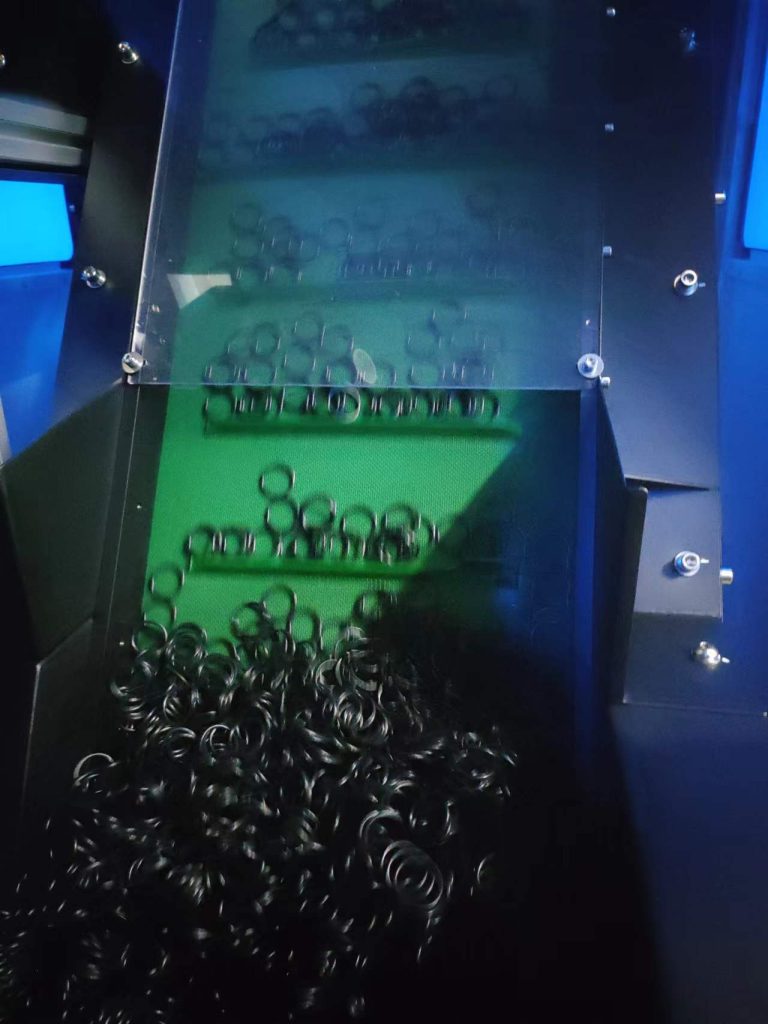What are the performance requirements for O-ring materials?
With the continuous development of industrial automation and fluid control technology, O-rings (O-rings, O-rings, O-rings) are key sealing components, and their performance and service life are crucial to the reliability of the entire system. . The choice of material directly affects the performance of the O-ring. This article will conduct an in-depth discussion on the…
With the continuous development of industrial automation and fluid control technology, O-rings (O-rings, O-rings, O-rings) are key sealing components, and their performance and service life are crucial to the reliability of the entire system. . The choice of material directly affects the performance of the O-ring. This article will conduct an in-depth discussion on the material selection of O-ring seals and analyze the data to better guide practical applications.
 1. Main performance indicators of O-ring materials
1. Main performance indicators of O-ring materials
(1) Elasticity: measures the material’s ability to resist deformation under the action of external forces. Data comparison: natural rubber (high elasticity) vs. silicone rubber (medium elasticity).
(2) Temperature resistance: Indicates the stability of the material in high or low temperature environments. Data comparison: nitrile rubber (-50℃ to +100℃) vs. fluorine rubber (-60℃ to +250℃).
(3)Corrosion resistance: measures the material’s ability to resist chemical corrosion. Data Comparison: Nitrile Rubber (Excellent) vs. Natural Rubber (Medium).
(4) Wear resistance: Indicates the material’s ability to resist wear. Data Comparison: Polyurethane (Excellent) vs. Silicone Rubber (Medium).
(5)Cost: Measure the economy of materials. Data comparison: natural rubber (lower) vs. fluoroelastomer (higher)
 2. Common O-ring materials and their applicable scenarios
2. Common O-ring materials and their applicable scenarios
(1) Natural rubber (NR): widely used in sealing of non-polar solvents such as water, salt water and petroleum. Suitable for environments with temperatures below 80°C.
(2) Nitrile rubber (NBR): widely used for sealing oils, fuels and solvents. Suitable for environments with a temperature range of -50°C to +100°C.
(3) Fluorine rubber (FKM): suitable for sealing strong acids, strong alkali and high temperature steam. Suitable for environments with a temperature range of -60°C to +250°C.
(4) Silicone: suitable for sealing in high temperature and oxidizing environments, such as engines and ovens. Suitable for environments with a temperature range of -100°C to +300°C.
(5)Polyurethane (PU): Suitable for high pressure and repetitive motion seals (O-rings, O-rings, O-rings), such as bearings and pump valves. Has excellent wear resistance and fatigue resistance.
(6) Acrylic: suitable for sealing in high temperature and outdoor environments, such as engines and electrical connectors. Has excellent heat resistance and electrical insulation.




